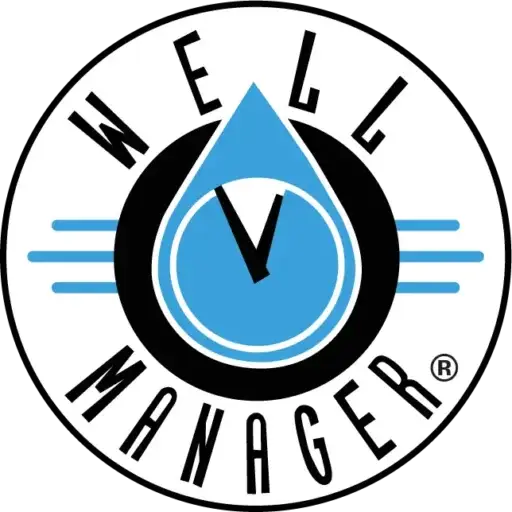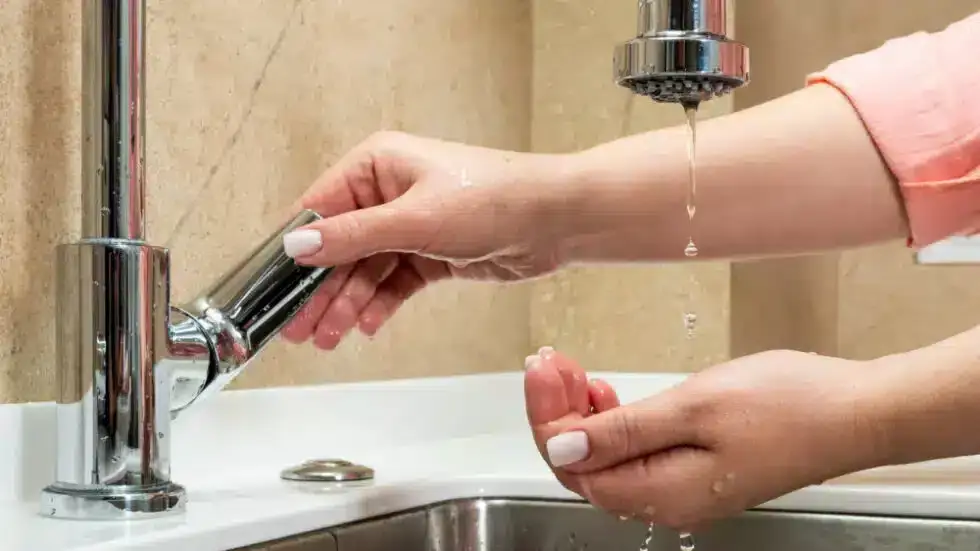How To Increase Well Pump Pressure?
Living with low water pressure is no picnic. You’ll understand this if you’ve ever tried rinsing soap and shampoo off under a trickling showerhead or waited what seems like hours for your tub or washing machine to fill. Don’t despair. There are steps you can take to increase your water pressure even if your supply comes from a low yield well.
What Causes Water Pressure to Drop?
The first step to fixing any problem is to identify the cause. And that applies to correcting low water pressure, too.
Several factors can contribute to your water pressure issues – some environmental and some mechanical.
Environmental Factors
Supply and demand – If your water pressure problems are sudden, consider whether there has been any recent change in your water usage demands. Adding a new bathroom or installing an irrigation system will increase the demand on your water supply, so will hosting overnight guests. The former situation is long term and could have an adverse effect on your water pressure, while the latter scenario is short term, and most likely, less impactful.
Drought – Wells, for the most part, are built to withstand dry periods, but when you go for an extended time without rain, your water supply dwindles, and this adversely impacts your water pressure.
Mechanical Factors
Wells and well pumps – There are various styles of well pumps – centrifugal, submersible, jet – and not all are designed to work with every type of well. Making sure you have the right pump for your well is important, as is keeping up to date with the service requirements specific to each type of pump.
Pipes and fixtures – Over time, mineral build ups can clog your pipes, showerheads and faucets reducing the flow of water. What you thought was a water pressure problem could actually be a constriction of water flow. Also, pipes can crack and leak with age. When this happens, some of your water supply is diverted through those cracks on its way to your household outlets.
Closed valves – When your main water valve or pressure regulating valve is partially closed, it will restrict the flow of water through your pipes. This can happen inadvertently especially if you recently had work done in your home.
Boost Water Pressure
6 Steps to Increase Water Pressure With a Well
- Check your well and well pump to make sure they are in working order and all service is up-to-date.
- Measure your pressure by attaching a pressure gauge to a water tap (with all other faucets and water-using appliances off). Readings of 40 psi or below indicate low water pressure; 60 psi is consider good; while 80 psi is too high.
- Check for leaks. Replace broken pipes and repair leaky faucets to improve water pressure.
- Clear clogs resulting from mineral build up on shower heads, faucets and in your pipes. More severe clogs may require a plumber’s services.
- Check your main water valve or pressure-reducing valve to make sure it is fully open.
- Install a water pressure booster pump. When all other remedies fail, consider installing a booster pump like Well Manager’s ConstaBoost water pressure booster pump system.
For more information on how ConstaBoost can help you increase water pressure in your home, contact Well Manager today.
Related Reading
- You Have Plenty of Water, Just Not When You Need It – How A Booster Pump Can Help
- How Well Manager Keeps Your Home’s Water Supply At Optimal Pressure
- Who Used All the Water?!?!—Understanding Your Well Recovery Rate
- Three Ways that Low Water Pressure Can Ruin Your Day – And How to Fix It
- Why You May Experience a Drop in Water Pressure While Working from Home


